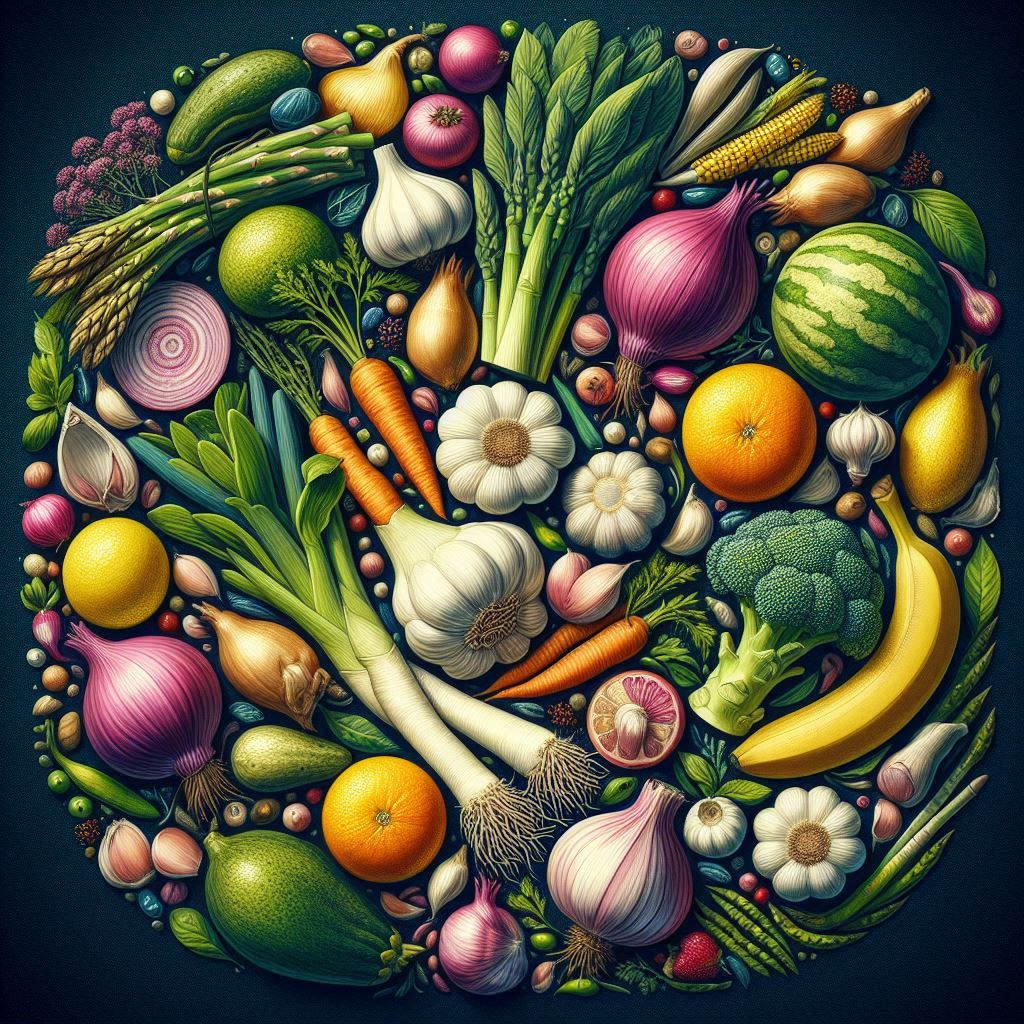Celiac disease is an autoimmune disease that occurs in genetically predisposed individuals. When a person with celiac disease consumes foods that contain gluten, a protein found in grains such as wheat, barley and rye, their immune system reacts by damaging the villi of the small intestine. Villi are small protrusions that line the small intestine and are crucial for the absorption of nutrients from food. When these are damaged, the body is no longer able to properly absorb nutrients such as vitamins, minerals, proteins, fats and carbohydrates.
Symptoms of celiac disease
Symptoms of celiac disease can vary greatly from person to person and can include, among others:
• Chronic diarrhea or constipation
• Bloating and abdominal pain
• Unexplained weight loss
• Fatigue
• Iron deficiency anemia
• Itchy skin rashes (dermatitis herpetiformis)
• Growth problems in children
• Osteoporosis
It is important to note that some people with celiac disease may have no obvious symptoms, a phenomenon known as silent celiac disease. However, even without symptoms, intestinal damage can still occur.
Diagnosis and treatment
The diagnosis of celiac disease is based on a combination of serological tests to look for specific antibodies and, if necessary, an intestinal biopsy to confirm damage to the villi of the small intestine. It is important that these tests are done while the patient is still on a gluten-containing diet, otherwise the results may not be accurate.
The main treatment for celiac disease is a lifelong strict gluten-free diet. By eliminating gluten from your diet, your symptoms can improve significantly and your intestinal villi can begin to heal. However, even small amounts of gluten can cause damage to the intestines, so it is essential to avoid cross-contamination.
Following a gluten-free diet can be a challenge, especially at first, but over time it becomes more manageable. Many gluten-free resources and products are now available to help people with celiac disease maintain a balanced and satisfying diet.
Read also..
Inulin is a plant fiber and is mainly extracted from the roots of plants such as chicory and Jerusalem artichoke, which are rich in this plant fiber. The inulin extraction process involves several steps:Root Harvesting: Roots are harvested from plants, usually during...
International Celiac Disease Day
International Celiac Day in Italy represents an important moment in the public health landscape, as it offers the opportunity to promote awareness of celiac disease, an autoimmune disease that affects a significant number of individuals in the country. This event...
Potato fiber is a versatile and beneficial ingredient, especially in the world of gluten-free cooking. But where does it come from and what are its peculiarities?Origins and Production: The potato, from which the fiber is extracted, originates from the Andes,...




Share:
The gluten-free diet
Watch out for the ear!